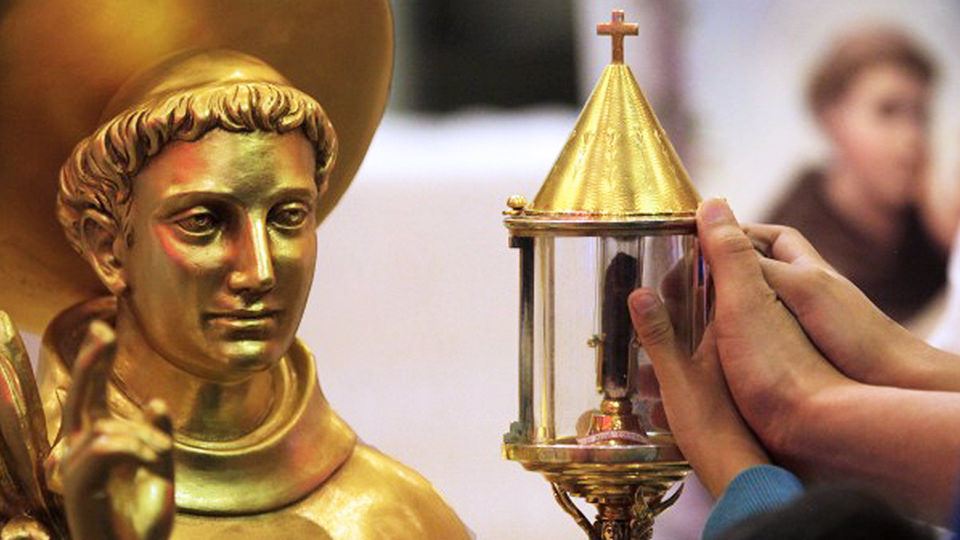SEARCH

St. Anthony of Padua (1195-1231) is one of the most popular saints in the Roman Catholic Church. Commonly invoked as the patron saint of lost things (Tony, Tony, look around...), during his life he was a great friend of the poor and an influential preacher. He was revered as a saint from the moment of his death and canonized just 11 months later. He is also honoured as a Doctor of the Church.
His feast day is June 13.
Learn more about St. Anthony by exploring this website.
Directed and produced by filmmaker Edward J. Roy of J6 Entertainment in New York, this one-hour Salt + Light documentary explores the life of the thirteenth century Saint Anthony of Padua. A journey punctuated by moments of loss as young Anthony searched for the right path in life, which led to the courageous choice of total surrender to God’s plan for him.
Filmed in various locations in Portugal and Italy, the production of this film was made entirely possible through the generous financial contributions of the Longo family. They have dedicated the film to the memory of Rosa and Antonino Longo - who instilled not only a love of family, but also a solid foundation based on hard work, good values and a sense of doing the right thing, that guide and inspire their family’s legacy. The Longo family has a great devotion to St. Anthony of Padua and wished through this film to make his story known to contemporary audiences.

How can St. Anthony's story continue to inspire generations of believers? Join host Andrew Santos, as he looks at the life of one of the most revered saints in the Catholic tradition. He sits down in studio with Anna Marzilliano of Toronto and Fr. Paolo Floretta of Padua, Italy. This episode of Catholic Focus first aired in 2013.
